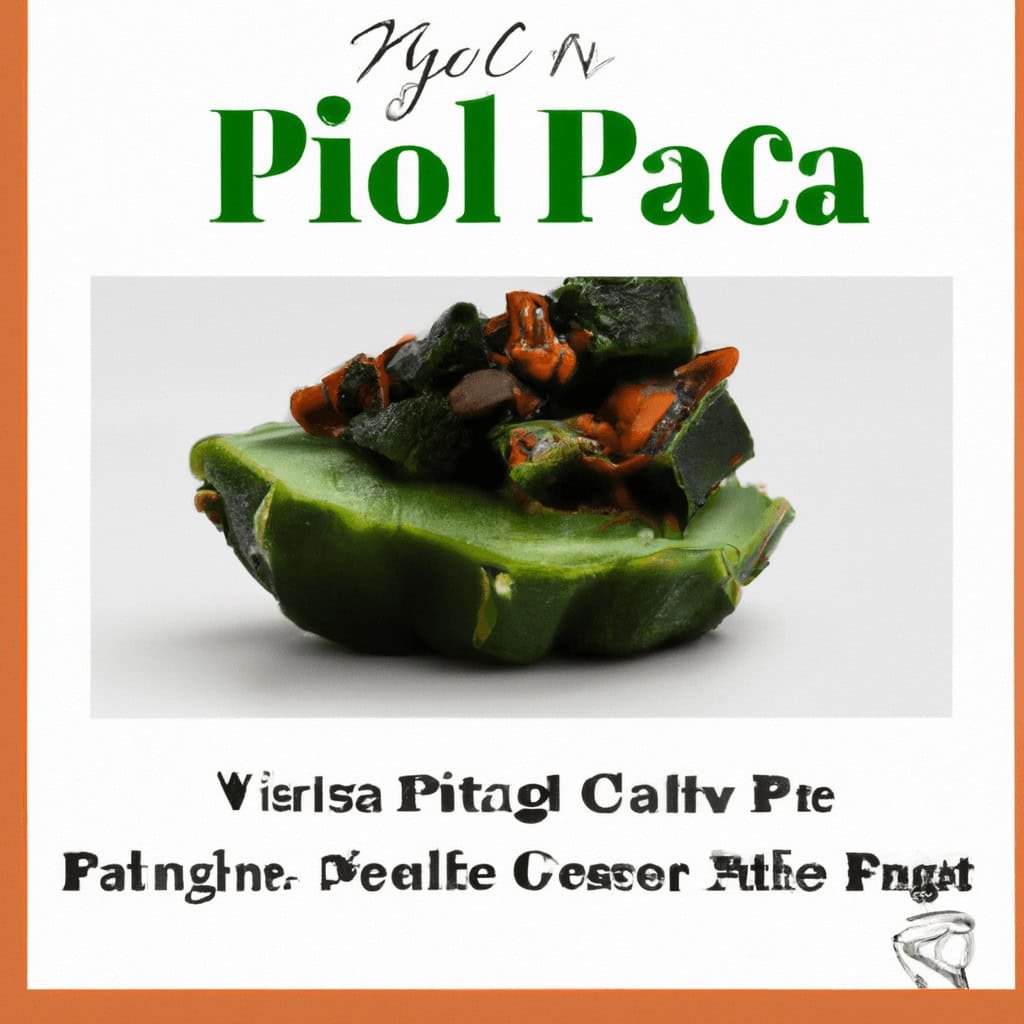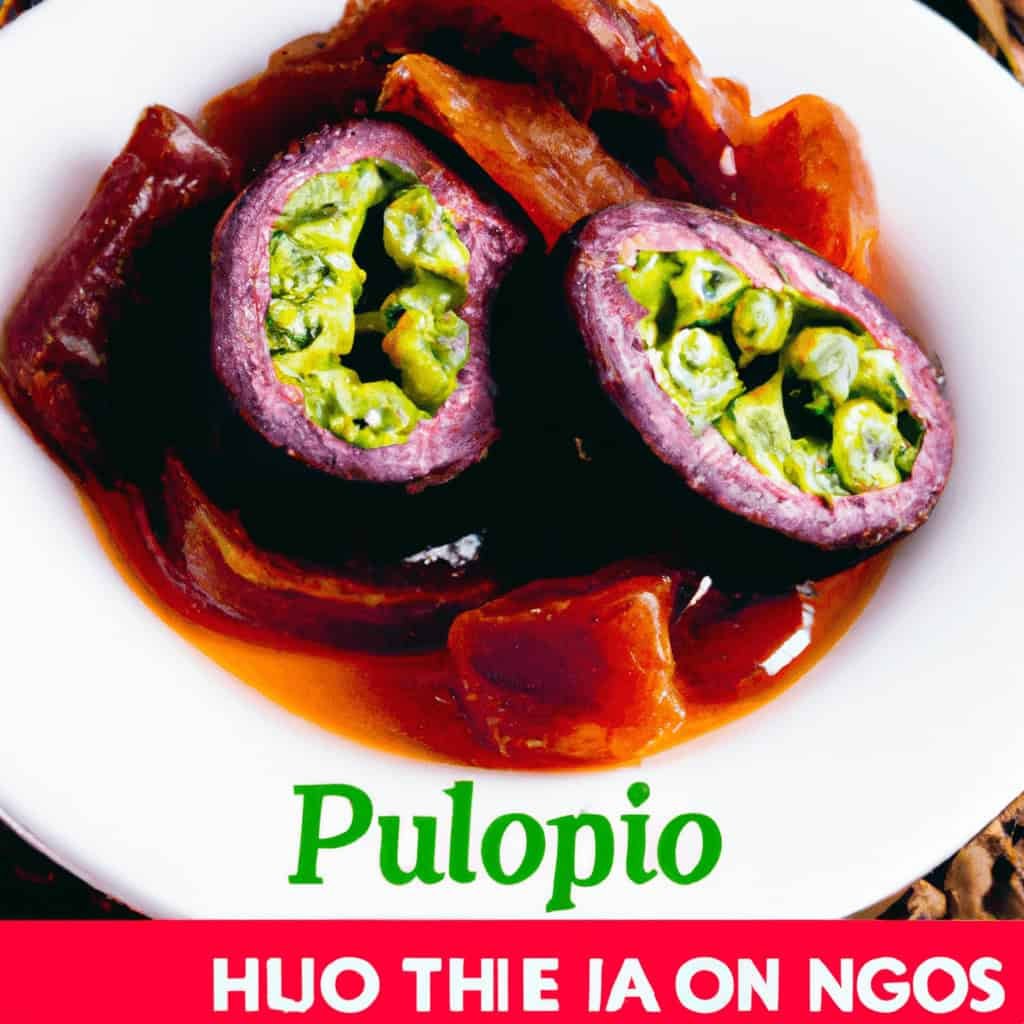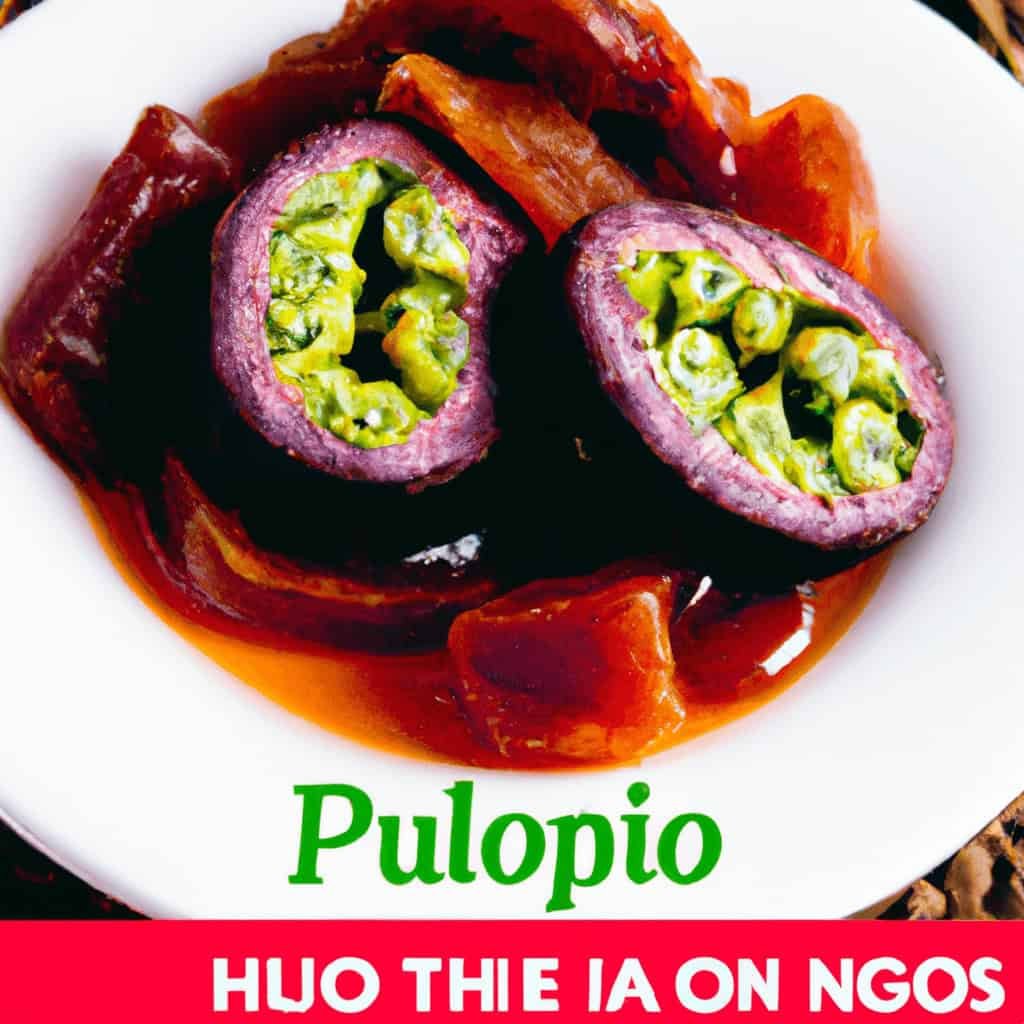If you’re following a paleo eating plan and are looking for new and exciting recipes to try, you might be wondering if there are any nopal recipes that align with your dietary preferences. Known for its numerous health benefits, nopal, also known as prickly pear cactus, is a versatile ingredient that can be incorporated into various dishes. In this article, we will explore the world of nopal recipes and see how they can fit perfectly into a paleo eating plan, bringing both flavor and nutrition to your table. So, get ready to discover some delicious and paleo-friendly ways to enjoy this unique ingredient.

Nopales: A Paleo-Friendly Ingredient
Nopales, also known as prickly pear cactus, are a versatile and nutritious ingredient that can be a great addition to a paleo eating plan. Packed with vitamins, minerals, and fiber, nopales offer numerous health benefits while staying true to the principles of the paleo diet. In this article, we will explore the nutritional benefits of nopales, provide some delicious nopal recipes for a paleo eating plan, discuss how to use nopales as a substitute in paleo recipes, and share some tips for incorporating nopales into your paleo diet.
Nutritional Benefits of Nopales
Nopales are a nutritional powerhouse, making them an excellent choice for those following a paleo eating plan. They are low in calories and fat, making them ideal for weight management. Additionally, nopales are rich in dietary fiber, which aids in digestion, promotes satiety, and supports healthy blood sugar levels. This fiber content also makes nopales a great option for those looking to improve their gut health.
Moreover, nopales are a great source of vitamins and minerals. They are high in vitamin C, which boosts the immune system and aids in collagen production. They also contain vitamin A, which is essential for eye health, and vitamin K, which plays a crucial role in blood clotting. Nopales are also packed with minerals such as calcium, magnesium, and potassium, all of which are important for maintaining healthy bones, muscles, and electrolyte balance.
Introduction to the Paleo Diet
Before we dive into nopal recipes, let’s briefly discuss the paleo diet. The paleo diet, also known as the caveman diet or the Stone Age diet, is based on the principle of eating foods that our ancestors consumed during the Paleolithic era. The diet primarily consists of lean meats, fish, fruits, vegetables, nuts, and seeds while eliminating grains, legumes, processed foods, and dairy products.
The paleo diet focuses on whole, unprocessed foods that are nutrient-dense and support optimal health. By avoiding processed and refined foods, the paleo diet aims to reduce inflammation, support weight loss, improve digestion, and enhance overall well-being.
Nopal Recipes for a Paleo Eating Plan
Now that you understand the benefits of both nopales and the paleo diet, let’s explore some delicious nopal recipes that align beautifully with a paleo eating plan.
Nopal Salad with Avocado Dressing
This refreshing nopal salad is perfect for a light lunch or as a side dish. To make this salad, start by cleaning and preparing the nopales. Remove the thorns and cut them into small pieces. Boil the nopales until tender, then drain and rinse them with cold water to remove any sliminess.
To make the avocado dressing, blend ripe avocados, lime juice, garlic, salt, and pepper until smooth and creamy. Toss the boiled nopales with your favorite salad greens, cherry tomatoes, sliced cucumbers, and thinly sliced red onions. Drizzle the salad with the avocado dressing and garnish with fresh cilantro. This nopal salad is not only delicious but also packed with nutrients and healthy fats.
Grilled Nopales with Steak
If you’re looking for a hearty and flavorful nopal recipe for your paleo eating plan, look no further than grilled nopales with steak. Start by marinating your favorite cut of steak in a mixture of olive oil, lime juice, minced garlic, cumin, salt, and pepper. Let the steak marinate for at least 30 minutes to allow the flavors to infuse.
While the steak is marinating, prepare the nopales by removing the thorns and cutting them into thick slices. Brush the nopales with olive oil and sprinkle them with salt and pepper. Grill the nopales and steak on a preheated grill until cooked to your desired level of doneness. Serve the grilled steak on top of a bed of grilled nopales and enjoy the smoky flavors of this paleo-friendly dish.
Nopal and Egg Breakfast Skillet
Kickstart your day with a flavorful and protein-packed nopal and egg breakfast skillet. In a skillet, heat olive oil and sauté diced onions and minced garlic until fragrant. Add diced nopales and cook until tender. Create wells in the skillet and crack eggs into each well. Cover the skillet and cook until the eggs are set to your liking. Season with salt, pepper, and your favorite herbs. Serve the nopal and egg breakfast skillet with sliced avocado for a nourishing and satisfying breakfast option.
Using Nopal as a Substitute in Paleo Recipes
Nopales can also be used as a substitute in traditional paleo recipes, adding a unique flavor and texture to your dishes. Let’s explore some creative ways to incorporate nopales in your favorite paleo recipes.
Nopal Tortillas for Tacos
Paleo tacos often involve lettuce wraps or almond flour tortillas, but you can take it up a notch by using nopal tortillas. To create nopal tortillas, remove the thorns from the nopales and steam or boil them until tender. Blend the cooked nopales with eggs and coconut flour until you achieve a smooth batter consistency. Heat a non-stick skillet and pour a small amount of the batter to form a tortilla shape. Cook until the tortilla is firm and slightly browned. Fill the nopal tortillas with your favorite paleo taco fillings, such as grilled chicken, avocado, and salsa, for a nutrient-packed and delicious meal.
Nopal Smoothies
Give your morning smoothie a nutrient boost by adding nopales to the mix. To make a nopal smoothie, start by cleaning and prepping the nopales as usual. Blend the nopales with your choice of frozen fruits, such as berries or tropical fruits, and a liquid of your choice, such as coconut water or almond milk. Add a scoop of paleo-friendly protein powder for an additional protein boost. The nopales will add a subtle earthy flavor and increase the fiber content of your smoothie, making it a satisfying and nourishing way to start your day.
Nopal Chips
Craving a crunchy snack? Look no further than homemade nopal chips. Thinly slice the nopales and pat them dry with a paper towel. Toss the sliced nopales with olive oil, salt, and your preferred seasonings, such as paprika or chili powder. Arrange the slices on a baking sheet and bake at a low temperature until they are crispy and golden brown. These homemade nopal chips are a great alternative to traditional potato chips, providing you with a satisfying crunch while staying true to your paleo eating plan.
Tips for Incorporating Nopales into the Paleo Diet
Incorporating nopales into your paleo diet is easier than you might think. Here are a few tips to help you make the most out of this paleo-friendly ingredient.
Choosing and Preparing Fresh Nopales
When selecting fresh nopales, look for firm and vibrant green pads. Avoid nopales that are wilted or have blemishes. To prepare fresh nopales, start by removing the thorns using a sharp knife or vegetable peeler. Be sure to handle the nopales with caution, as they can be prickly. Rinse the nopales thoroughly to remove any debris or slime. Once cleaned, you can boil, steam, grill, or sauté the nopales according to your recipe’s instructions.
Proper Cooking Methods for Nopales
Cooking nopales can help remove their sliminess and enhance their flavor. Boiling or steaming nopales is a common method used to soften them, making them more enjoyable to eat. Grilling nopales imparts a smoky flavor and a slightly charred texture, which can be a delicious addition to various dishes. Sautéing nopales with onions and garlic can also add depth of flavor and complement other ingredients in your recipes.
Storing Nopales for Longevity
To ensure the longevity of nopales, it is crucial to store them properly. After cleaning and preparing fresh nopales, store them in an airtight container in the refrigerator. Nopales can stay fresh for up to one week when stored in this manner. Alternatively, you can blanch the nopales by placing them in boiling water for a few minutes, then transferring them to an ice bath to cool rapidly. After blanching, you can freeze the nopales in freezer-safe bags for up to six months.

Conclusion
Incorporating nopales into a paleo eating plan can add a burst of flavor, texture, and nutrition to your meals. From salads and grilled dishes to breakfast skillets and creative substitutes, nopales offer a versatile option for those looking to embrace the paleo diet. With their impressive nutritional profile and ability to enhance the taste and texture of various dishes, nopales truly are a paleo-friendly ingredient worth exploring. So why not give these delicious nopal recipes a try and enjoy the many benefits they have to offer? Your taste buds and your health will thank you!

